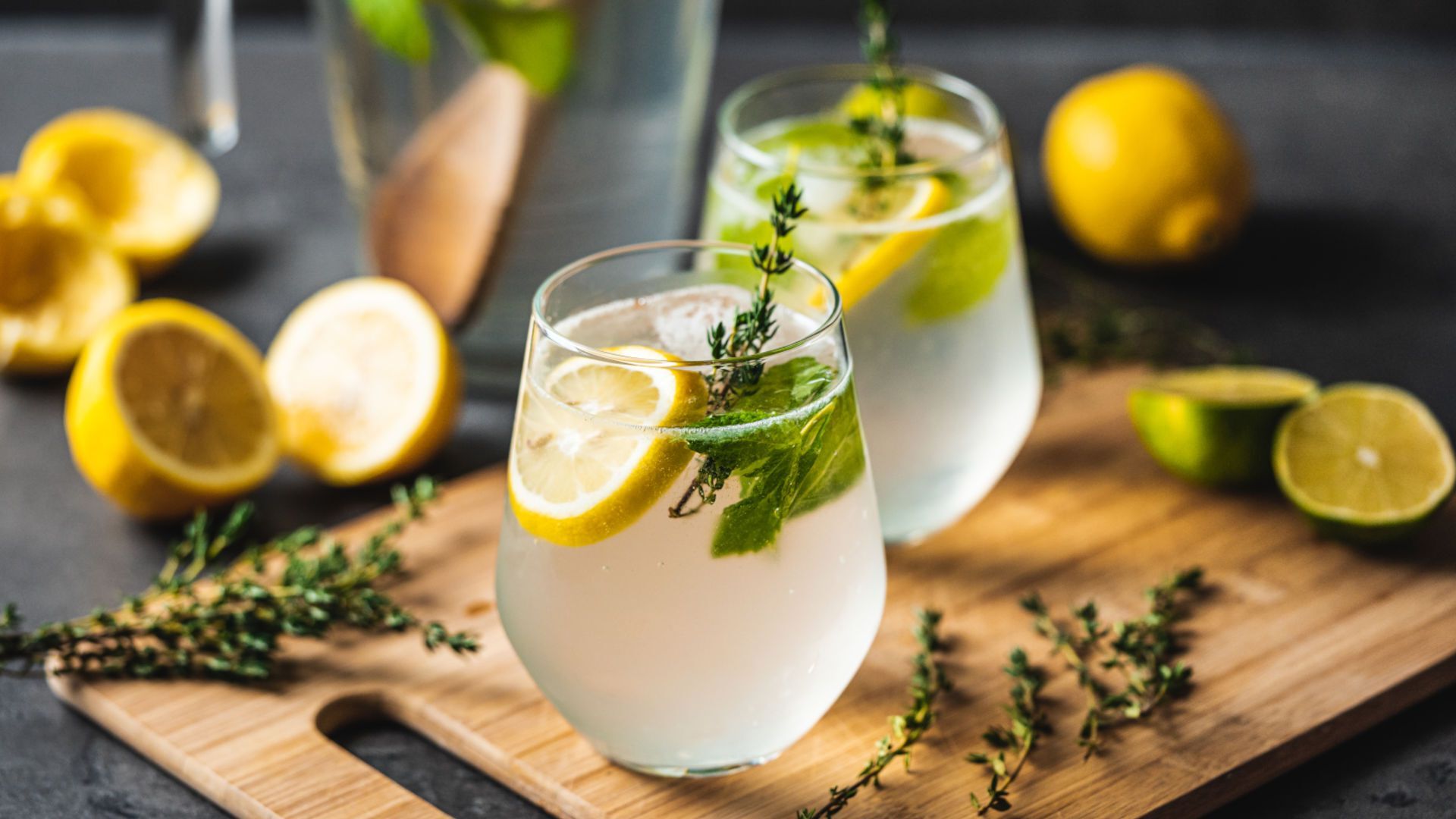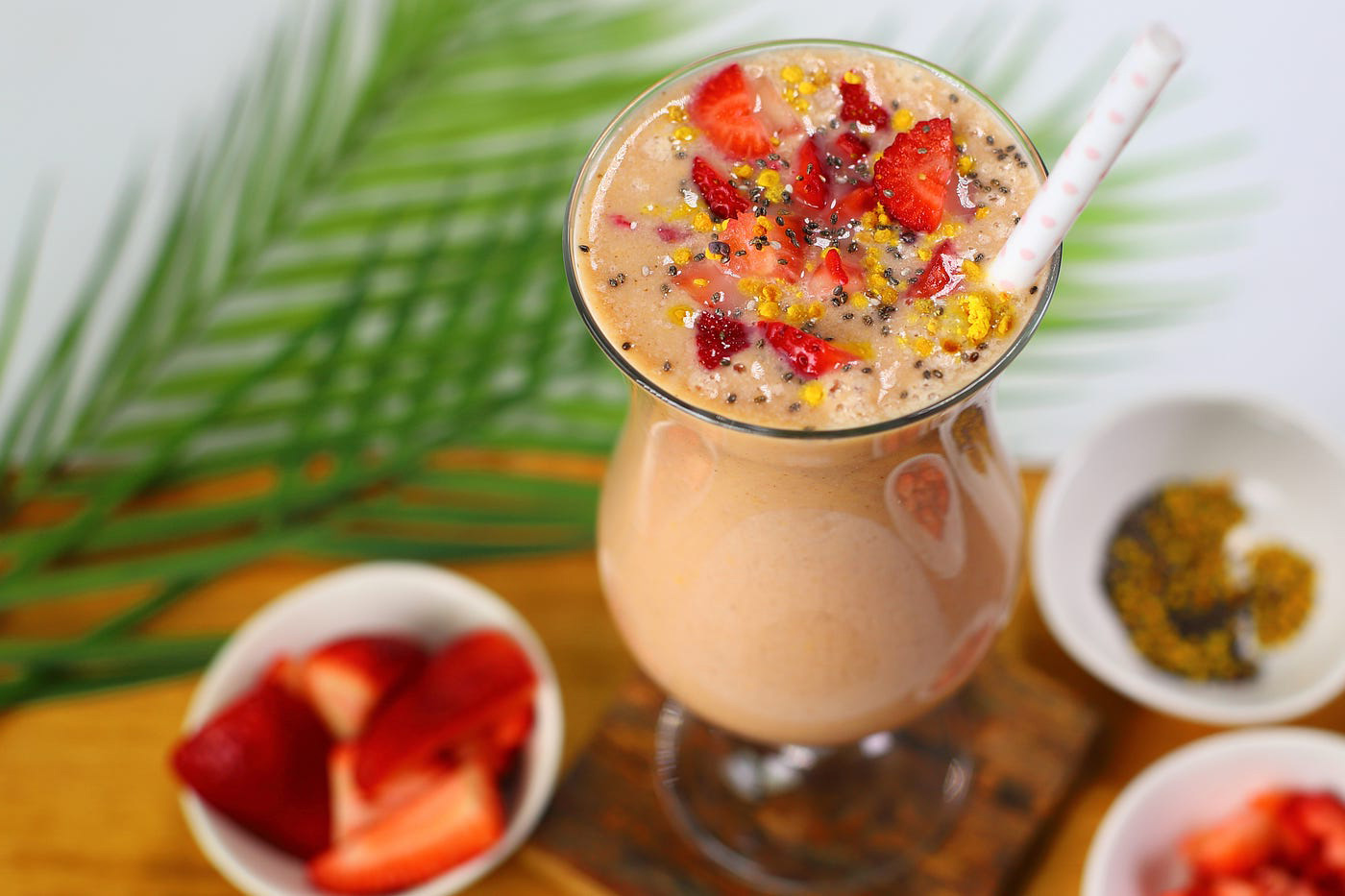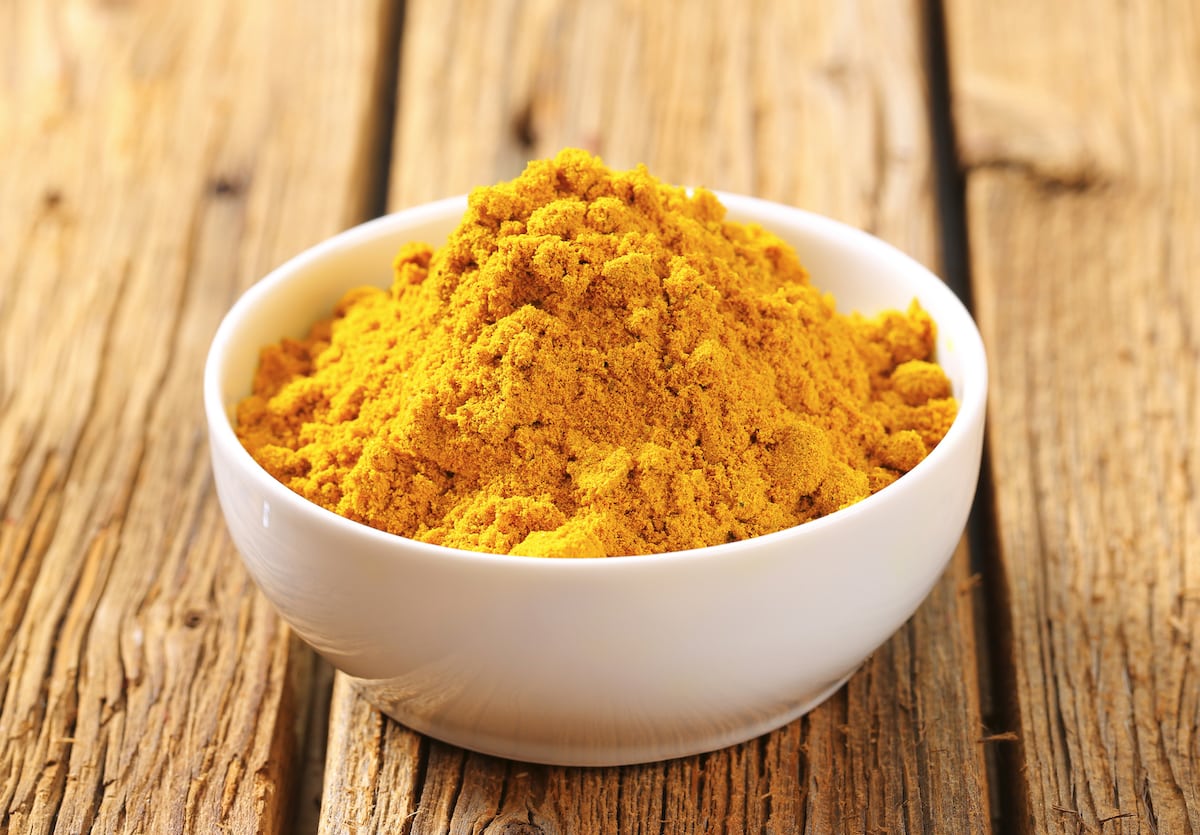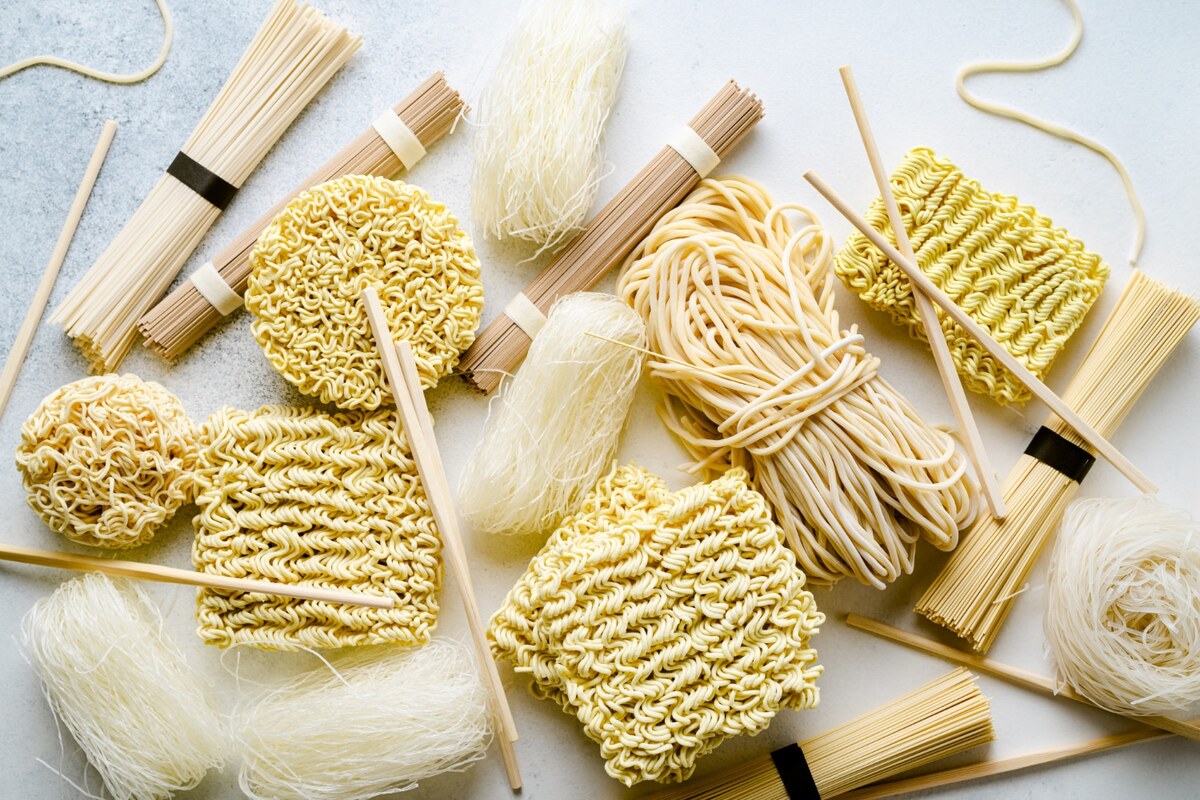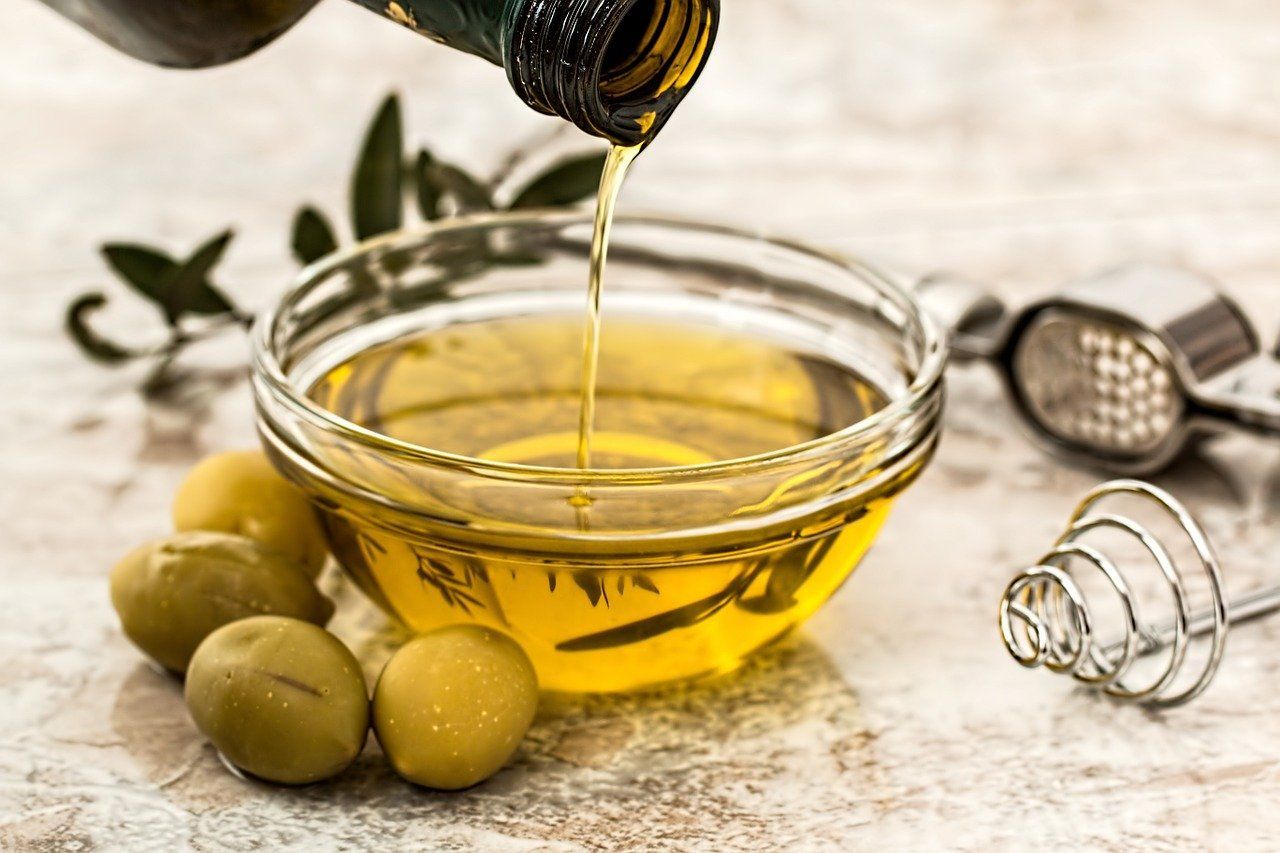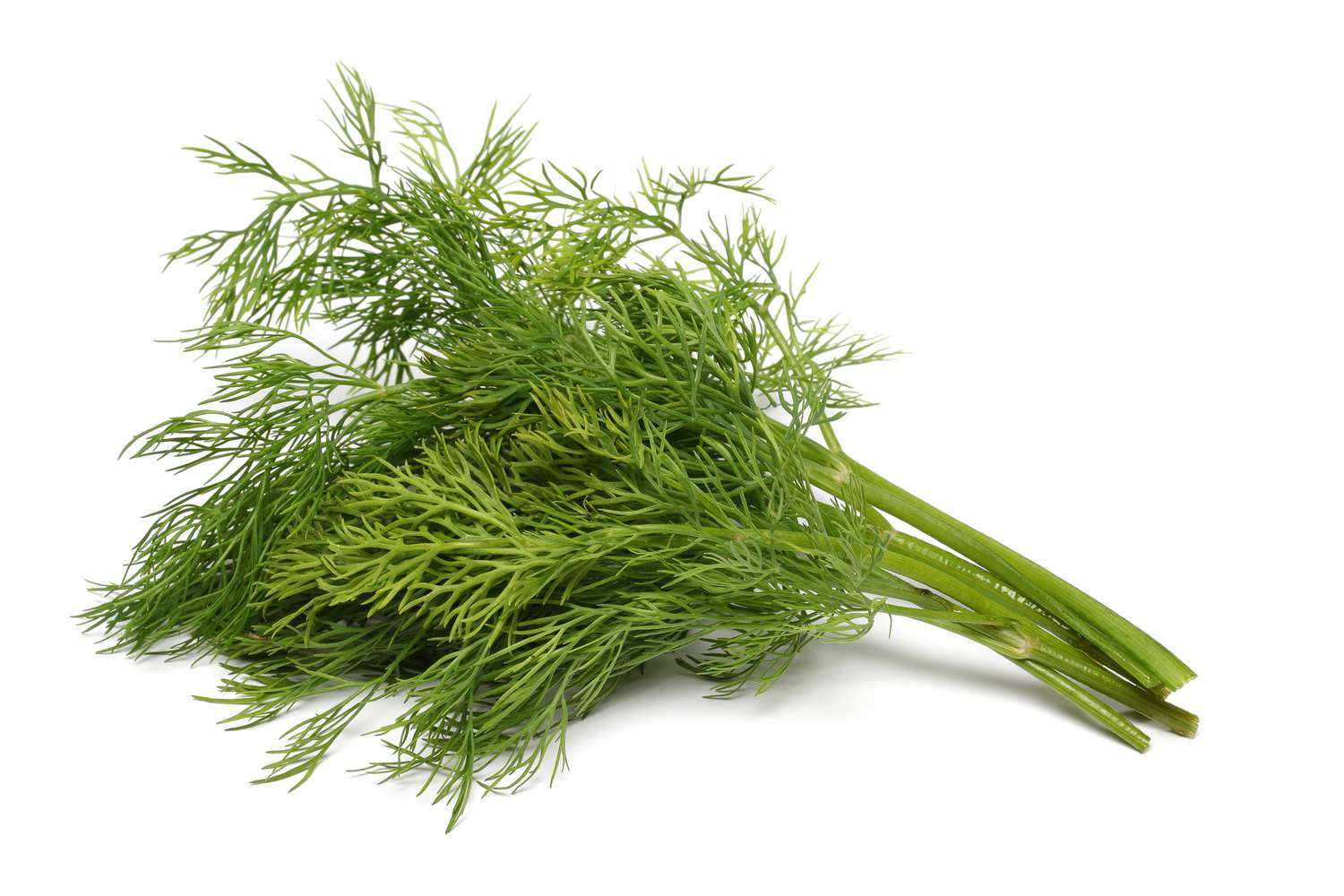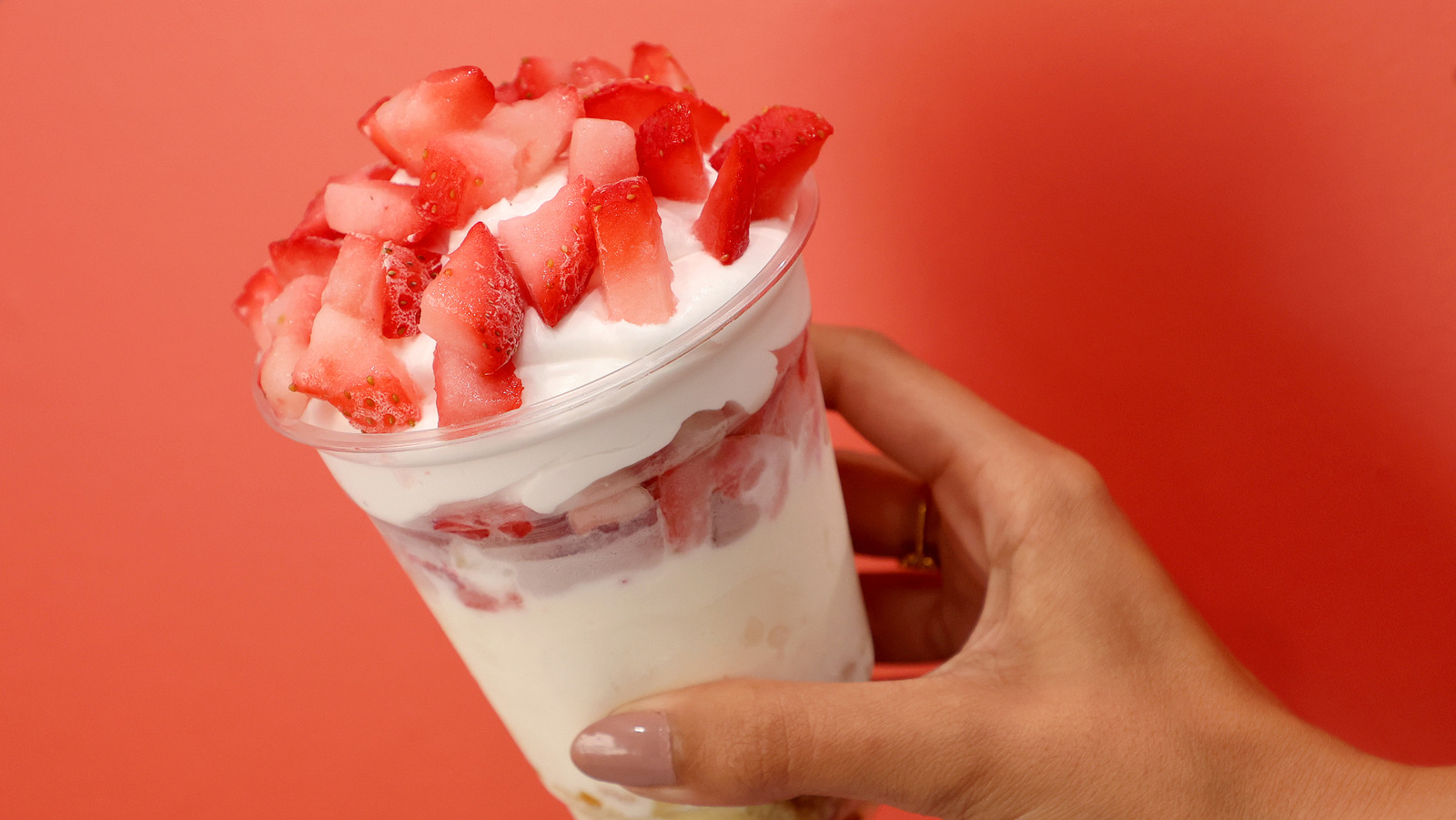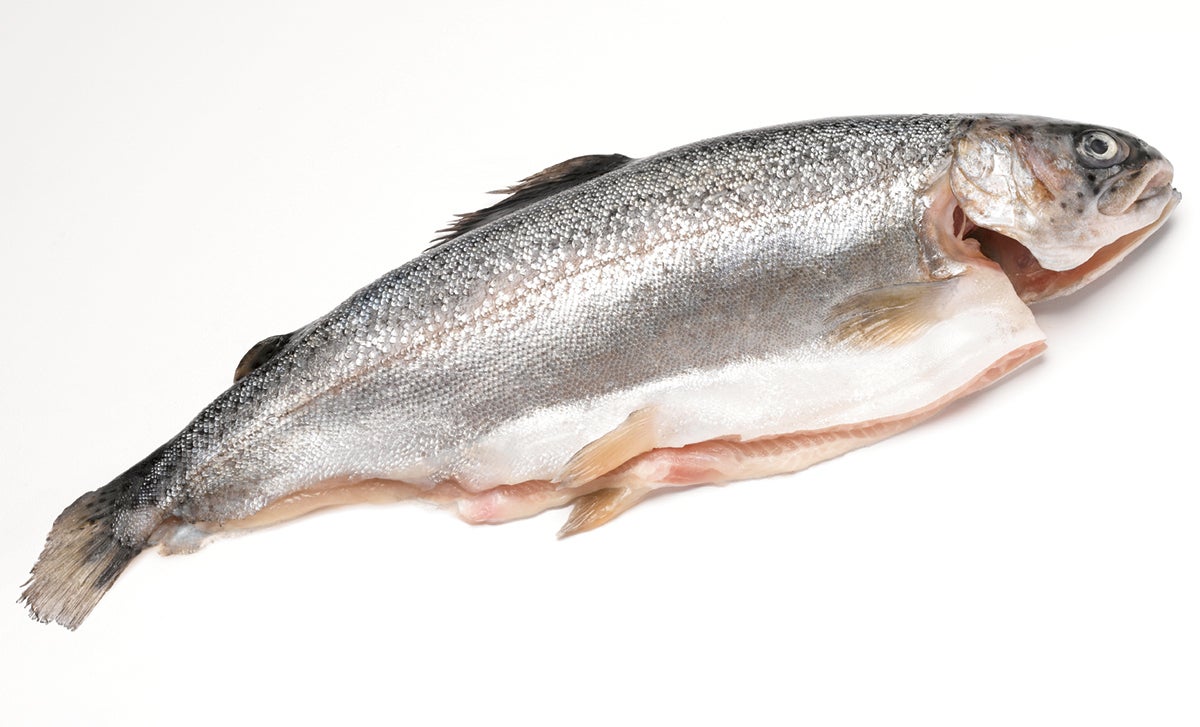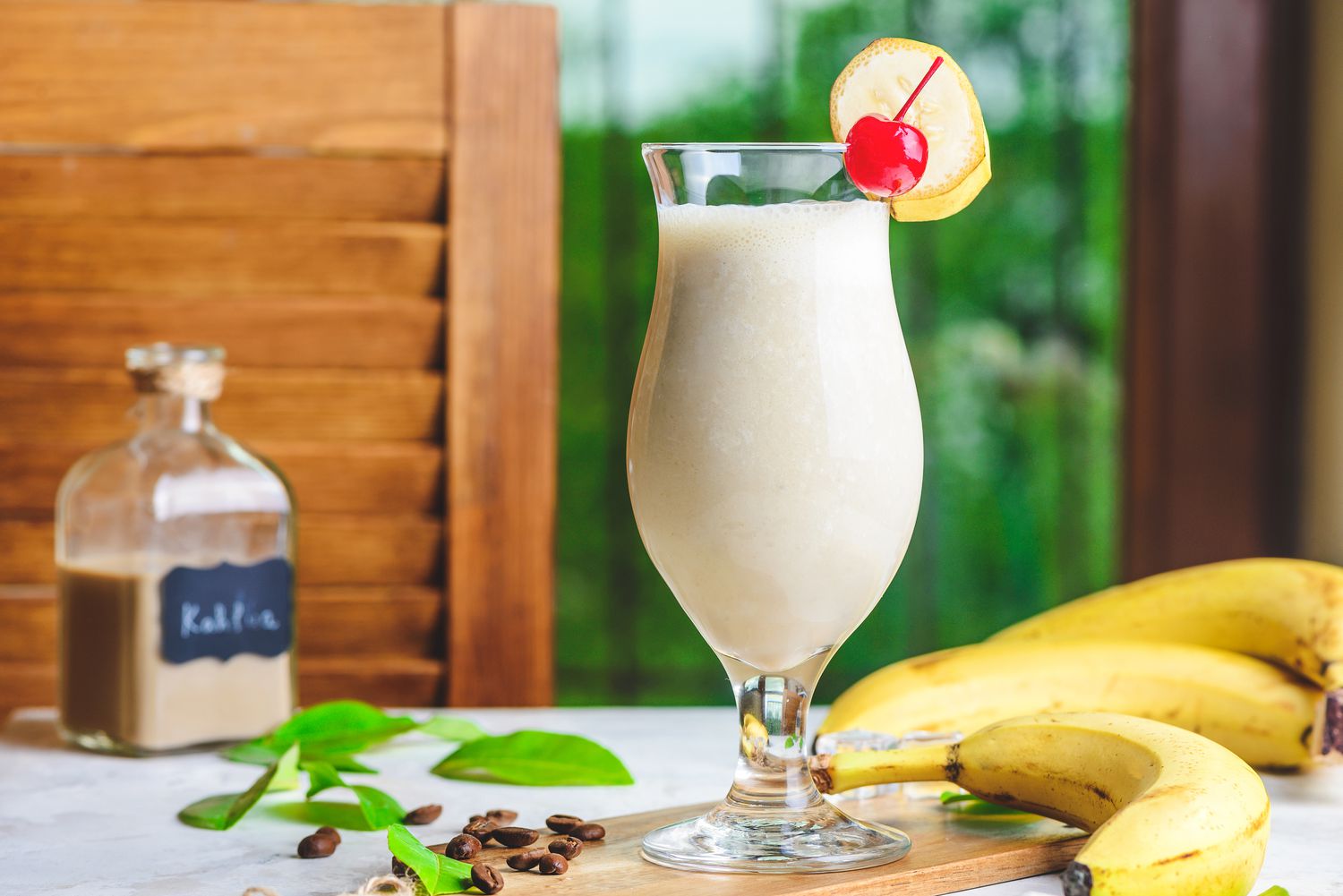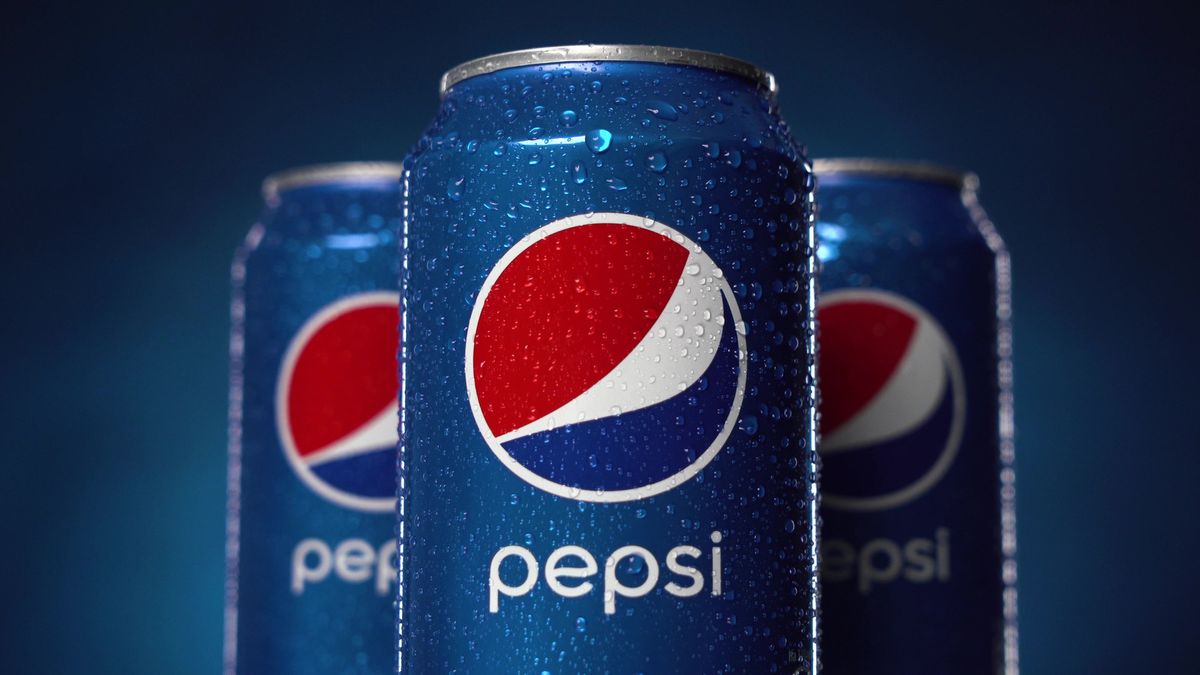Understanding Fake Lobster: What You Need to Know
When it comes to seafood, lobster is often considered a delicacy. However, not all lobster dishes are made with real lobster. In fact, there is a growing market for fake lobster, which raises the question: what exactly is fake lobster?
What Is Fake Lobster?
Fake lobster, also known as imitation lobster or faux lobster, is a seafood product that is made to resemble the taste, texture, and appearance of real lobster meat. It is typically made from a combination of fish, such as pollock or whiting, along with other ingredients such as starches, flavorings, and colorings.
How Is Fake Lobster Made?
The process of making fake lobster involves grinding the fish into a paste and then forming it into shapes that resemble lobster meat. The addition of starches helps to bind the mixture together, while flavorings and colorings are used to mimic the taste and appearance of real lobster.
Types of Fake Lobster
There are several types of fake lobster products available on the market, including:
- Imitation lobster tails
- Lobster-flavored seafood sticks
- Lobster-flavored surimi
Is Fake Lobster Healthy?
While fake lobster may offer a more affordable alternative to real lobster, it’s important to consider its nutritional value. Fake lobster products often contain added preservatives, flavorings, and colorings, which may not be present in real lobster. Additionally, the use of fish other than lobster means that the omega-3 fatty acid content may be lower in fake lobster.
How to Identify Fake Lobster
It can be challenging to distinguish fake lobster from the real thing, especially when it is used in dishes such as lobster bisque or lobster rolls. However, reading the product label can provide valuable information about the ingredients used. Look for terms such as “imitation lobster” or “contains fish and starches” to identify fake lobster products.
Uses of Fake Lobster
Fake lobster can be used in a variety of dishes, including salads, sandwiches, and pasta. It can also be incorporated into recipes that call for real lobster, offering a more budget-friendly option for seafood lovers.
Conclusion
While fake lobster may not offer the same nutritional benefits as real lobster, it provides a more affordable alternative for those looking to enjoy the taste and texture of lobster without the high price tag. Understanding the process of making fake lobster and how to identify it can help consumers make informed choices when it comes to purchasing and consuming seafood products.
Whether you’re a seafood enthusiast or simply curious about the world of imitation foods, fake lobster is an interesting addition to the culinary landscape.
Was this page helpful?
Read Next: What Is Gold Rush Sauce
